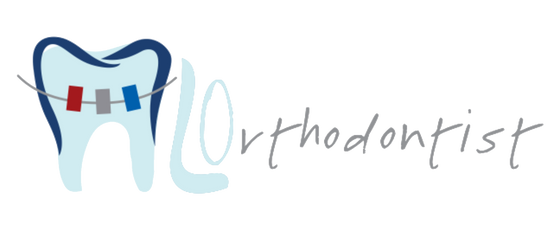Consultant Specialist Orthodontist with over 25 years' experience
Consultant Specialist Orthodontist with over 25 years' experience
from £3,950.00
These are the most common type of orthodontic braces. The vast majority of patients need fixed orthodontic braces (‘train tracks’) to straighten their teeth, and to achieve the best possible improvement of their smile. They are small, precisely designed engineered buttons called brackets that are glued/bonded to each tooth. Occasionally, metal rings called bands are also fitted around the back/molar teeth. The brackets are then connected to each other using a thin wire, called an archwire. The wire is held in place by small elastic rings called modules. The wires are adjusted and/or replaced at regular intervals to straighten the teeth and correct the bite.
With fixed braces speech is unaffected and the flavour of food can be enjoyed fully as there is no plastic covering the roof of the mouth. Unlike removable braces, fixed braces cannot be removed, therefore it acts full-time, and is usually more effective and required a shorter treatment duration.
Fixed braces are highly sophisticated as every tooth has its own bracket design engineered to achieve the correct position and angle of axis. They are very good at attaining fine detail to create a perfect radiant smile that will last a lifetime!
Traditional metal braces are the most common type of braces and are more comfortable today than ever before.
Made of high-grade stainless steel, metal braces straighten your teeth using metal brackets and archwires.
With metal braces, you have the option of adding coloured modules (rubber bands) for a more unique and colourful smile.
Self-ligating braces such as Damon, In-Ovation X, In-Ovation R, Empower and SmartClip S are made from the same materials as traditional braces; They use little metal “doors” to hold the wires instead of metal ligatures or elastic ties, which means less friction being placed on the tooth so requiring fewer adjustment appointments as there are no elastics to replace.
The clips help to reduce the amount of pressure placed on the teeth during orthodontic movement. In addition, these clips also hold the archwires in place completely which means self-ligating braces do not require “tightening” like traditional braces.
*Video reference is BernsteinOrtho YouTube
